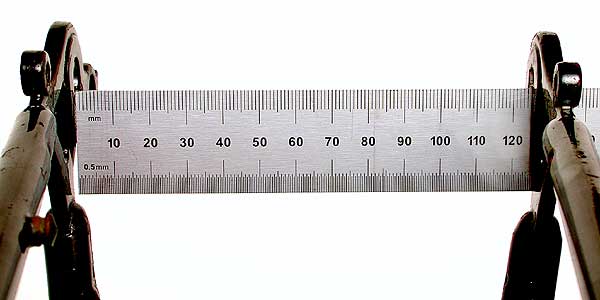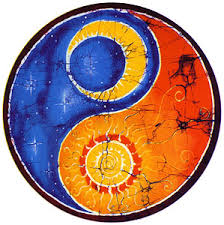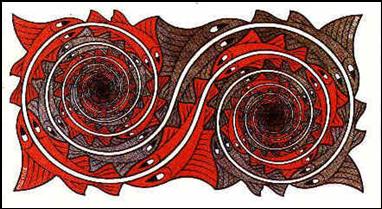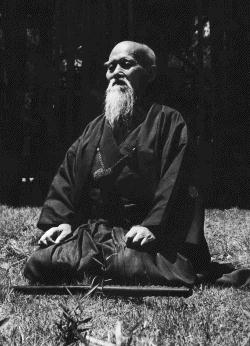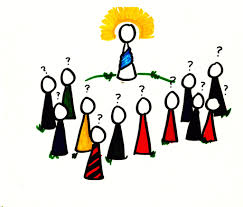
Really though as we explore the kanji, the character that the word is made of, we find it is one that has no clear martial meaning. It is a word like 'magic' - with no concrete definition. People's own training experience, teacher's schools and preferences will influence and change the meaning of the word. Are you striking for percussion damage, nerve stunning, structure breaking...etc?

In the traditional Chinese we find the character to have a different flavor than the Japanese - to be; to act as; to hold a position (in space, time, or organizational space); manage; withstand; when; during; ought; should; match equally; equal; same; obstruct; just at (a time or place); on the spot; right; just at: replace
Now that is an interesting way to view the Ate 当て - to hold a position in space, time, or organizational space. This is another view that holds real practical meaning in our exploration as an Aikidoka. Read that a few time friends, that is a big, profound change in understanding from the idea that ate is a percussive blow against an opponent. With this understanding we need not even put energy into the technique, we can simply hold space.
tranlations include 'to hit the mark' and 'aim'
Opening up my Japanese kanji dictionary the primary definitions that are given to the core idea behind this kanji are 1. apply 2. hit the mark
some examples of this word 当 in use include:
的に当たる(まとにあたる) / hit the target
日に当てる(ひにあてる) / expose to the sun
当てにする(あてにする) / depend on, expect,put reliance on
Looking further we find a multitude of definitions and ideas associated with the word.
Yes there is the idea of 'hit' and 'strike'. Also some of the rougher ideas that it is can be used for 'treat harshly, be poisoned'
I will be using the phrase Shomen Ate here. Here is a short clip in case you are not familiar with the Tomiki technical lingo.
But we also find the use as 'bump'. I find 'win' as an idea associated with the feeling of the character. Now as I scroll down I find another defining characteristic/idea of the kanji, 'touch'. Now that is interesting. Imagine the translation of Shomen Ate (usually crudely translated as front strike) actually meaning 'touch the face'. The next interesting idea I find is 'incur' and 'expose'. This makes shomen ate have the feeling of the technical relationship if you find yourself exposed to the front of the opponent. Then the next idea feeds right into Aikido technique, and this is 当 as 'apply'. Again with Shomen Ate - applying technique to the face. Another use of the word is 'an aim'. This offers a further spin in our understanding of the richness of the idea.
So, I no longer feel like I can call a technique like shomen ate, a simple front strike. I feel for most of the advanced Aikido students I know this idea is inherently inaccurate. So now you have choices. Don't regurgitate the rough past translations. Words are important, they have power. Words carry Ki - 氣. The words we use to define our techniques and the words we choose to educate our students with can and do have an effect on the result. Choose your definition wisely.
And if you are still looking for more...a video with the calligraphy of the original (non simplified charecter)




